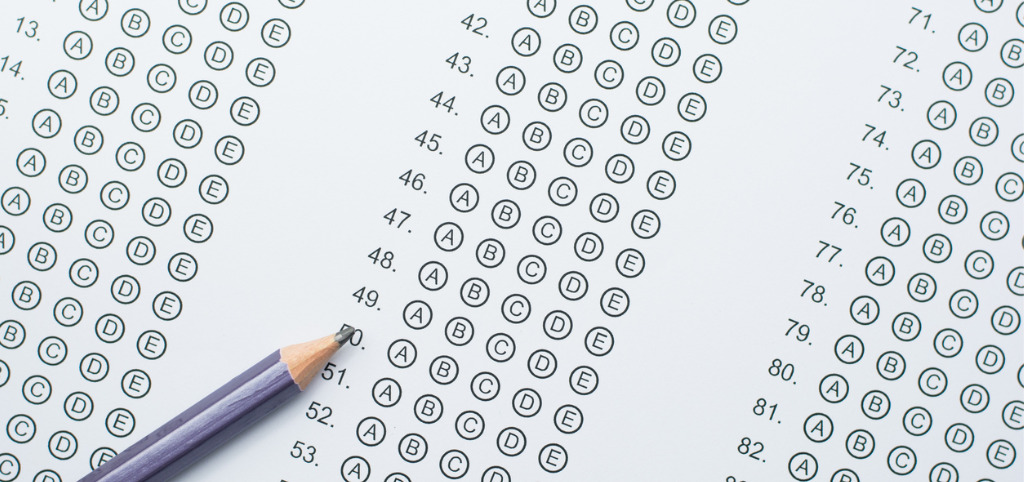Imagine this: a college receives applications from two high school students. Both have similar course loads with a mix of Honors and AP courses, extracurricular activities, great essays and glowing recommendation letters. The only difference is one has a perfect unweighted 4.0 GPA — straight A’s — while the other has a 3.3, a B+ average. The college knows that the two schools have roughly equal graduation and college acceptance rates. Choosing the first student seems like an easy decision.
But what the college doesn’t know is that the high school which the first person attends awards mostly A’s: attending class is enough to earn an A. In contrast, the high school the second student attends is far more rigorous, giving mostly B’s and C’s.
Colleges, including the University of Chicago and Hampshire College, took unsustainable test-blind and test-optional approaches to admissions before the pandemic. Although the ACT and SAT are far from perfect, colleges need to require students to take a standardized test to ensure an equitable admissions process, even beyond the pandemic.
Grade inflation is rampant, as shown in a study by Michael Hurwitz of The College Board and Jason Lee of the University of Georgia. Moreover, as in the hypothetical example, merely factoring in data like graduation rates isn’t enough to determine the rigor of a school’s classes. The discrepancy between the level of rigor at different schools makes it so that comparing students’ academics is difficult.
Standardized tests are still the most uniform way of assessing applicants’ levels of academic achievement. While it is no secret that students from higher-income backgrounds can afford better study resources, this increased access is not limited to standardized testing.
According to the ACT, students from high-income families have significantly higher GPAs than those from low-income families across all school locations (2.98 and 2.38 out of 4.0, respectively). In Michigan, a study revealed that 24 percent of students from low-income families did not participate in extracurricular activities compared to just 11 percent from middle to upper-class families. In Saratoga, many families pay thousands of dollars for college essay-writing services.
These studies suggest that wealthy students perform significantly better, having parents who allocate more money than poorer students in all aspects of college admissions, not just for standardized test prep. Removing the most standardized measure of applicants’ academic achievement doesn’t make sense if other portions demonstrate a similar skew.
If colleges really wanted to remove the factor of wealth from the equation, they might as well stop considering GPA, extracurriculars, clubs and sports — in that case, a lottery would be the most equal way to run college applications.
A solution that would resolve the issue of wealth gap would be for colleges to create their own free-response tests for applicants, paralleling the pre-major tests of Oxford. To determine how well applicants would do in college, these tests should mimic those of college freshmen but with longer time limits. These tests would inform colleges of their applicants’ backgrounds and ways of thinking better than multiple-choice tests like the SAT do.
Moreover, even though it would be possible for students to prepare for these tests within a few years of their implementation, it would be much more difficult for ambitious parents to “buy their students in” through standard test prep courses simply because of the sheer number of different colleges and majors each student applies to.
Although these tests would accurately measure students’ major-specific ability, some may argue that the high school journey — taking challenging classes, improving over time and dealing with failure — is not recorded in a single test as it is in grades and essays. However, the destination is as relevant to college success as the journey itself. Students who have improved but are still struggling will most likely struggle at top-tier institutions.
Simply not considering standardized testing in an application is removing a facet in which students can demonstrate their true potential for being able to survive in a college. For some students, taking standardized tests is the best way for them to showcase their knowledge and the material they have learned over the years — and colleges shouldn’t abandon their most valuable tool in assessing who will thrive on their classrooms.


























